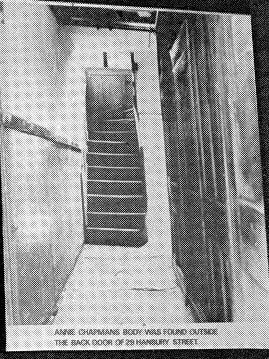Would the front door of the shed have led directly onto a hall with a door on the right to enter the front room?
Originally posted by Wickerman
View Post






Leave a comment: